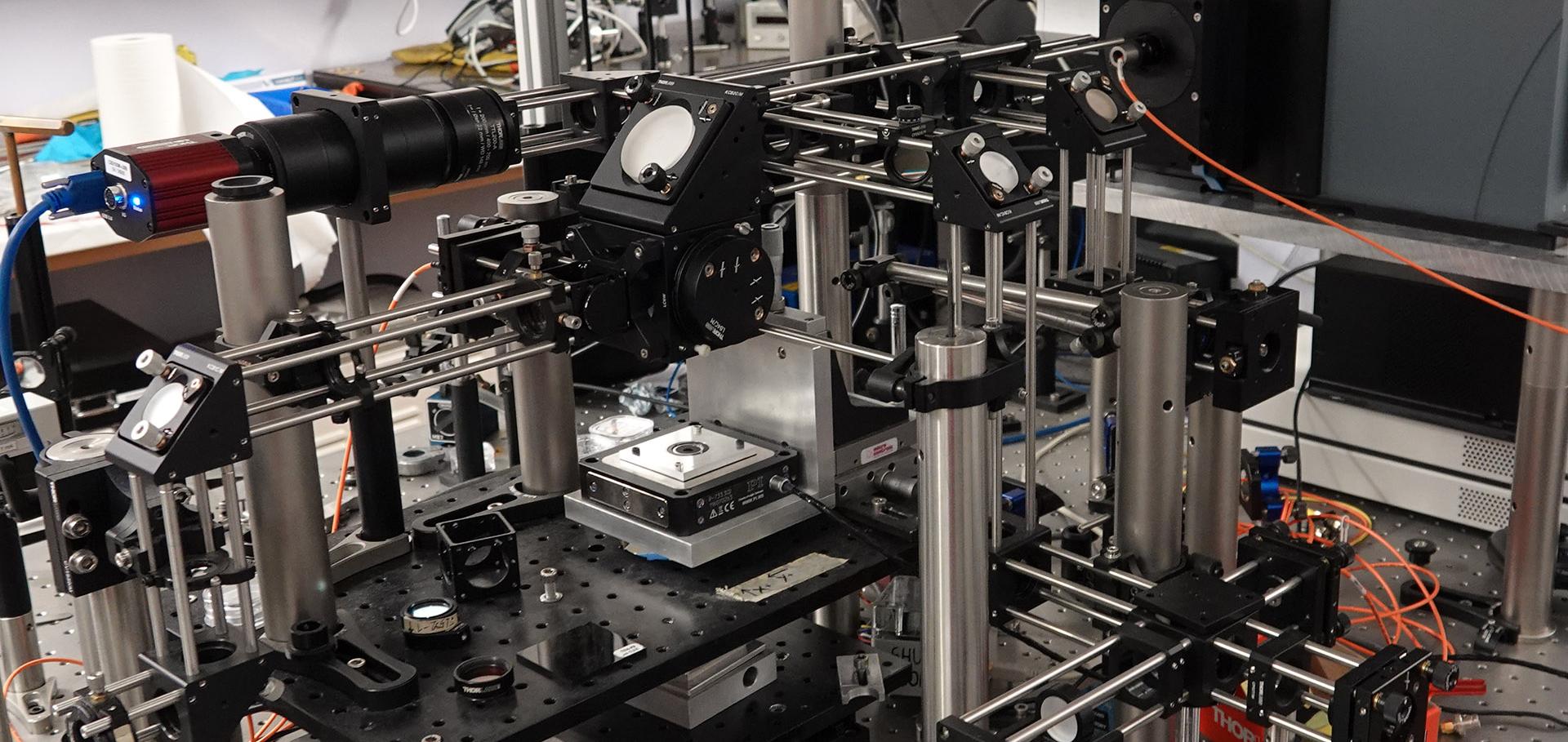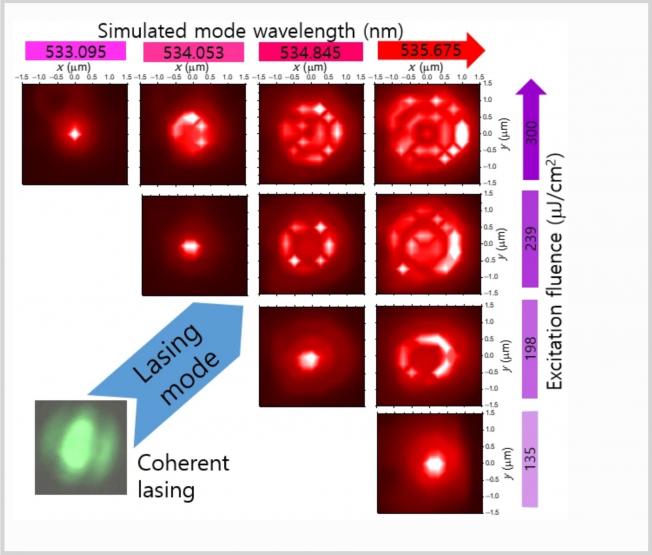Design of free-space couplers for suspended triangular nano-beam waveguides
(2022)
Self-assembly of perovskite nanocrystals
Progress in Materials Science Elsevier 129 (2022) 100975
Abstract:
The self-assembly phenomenon plays a significant role in atomic, molecular, and biological self-assemblies. This phenomenon has also been found in colloidal nanocrystals (NCs). Self-assembly of colloidal NCs into superstructures is a flexible and promising approach for manipulating nanometre-sized particles and exploiting physical and chemical properties that are distinct from both individual nanoparticles and bulk assemblies. The development of superlattices (SLs) of colloidal perovskite NCs through self-assembly has recently attracted remarkable attention; it is quickly developing as a new frontier in nanotechnology. This review presents the different driving forces, crucial factors for self-assembly of perovskite NCs, recent developments in the synthesis, and properties of self-assembled colloidal perovskite NCs. We also discuss the formation of various SLs from perovskite NCs with different morphologies. Finally, we shed light on multiple challenges in developing numerous perovskite SLs for optoelectronic devices.Perovskite: Scintillators, direct detectors, and X-ray imagers
Materials Today Elsevier 55 (2022) 110-136
Abstract:
Halide perovskites (HPs) are used in various applications, including solar cells, light-emitting diodes, lasers, and photodetectors. These materials have recently received a great deal of attention as high-energy radiation detectors and scintillators due to their excellent light yield, mobility-lifetime product (µτ), and X-ray sensitivity. In addition, due to their solution-processability and low cost, perovskite materials could be used to produce thick perovskite films across wide areas, allowing for low-dose X-ray imaging. Perovskite-based scintillators and detectors could eventually replace commercialized products like thallium‐doped cesium iodide (CsI:Tl) and amorphous silicon (Si). Here, we review all of the key properties of HPs, the relevant terminology necessary for radiation detection and scintillation, the physical mechanisms underlying their operation, the fabrication process, and perovskite crystals and thin-films of varying dimensionality used for high-energy radiation detection. We also cover the critical issues and solutions that HPs as detectors, scintillators, and imagers face.Decreased fast time scale spectral diffusion of a nonpolar InGaN quantum dot
ACS Photonics American Chemical Society 9:1 (2021) 275-281



